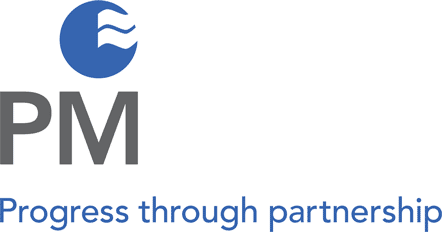A view from Northern Ireland
It all happened so fast. A local TV journalist was almost punching the air with delight as he announced our first local Covid-19 case and it all kicked off. It was a Thursday night and cynically I thought we’ve heard all this before; SARS, MERS, Swine Flu even Ziki Virus but this was somehow different and what that journalist did was tip the public over a cliff into a river of sheer panic.
Raising my pharmacy shutter at 9.00 am Friday a group of twenty swamped the pharmacy demanding hand-sanitizer. Staff, still with their coats on, had to reassure that handwashing was best in this the “containment phase” of the disease. Over 200 visits before lunch-time were asking for the same product.
Then over the weekend it got worse but we had no formal processes to follow. A staff meeting was called for Monday morning and after repeating government directions on; (1) identifying symptoms of Covid-19 (raised temperature and new dry cough) and (2) stopping infection spread; washing hands, self-isolating and social distancing, I listened very carefully and respectfully to staff concerns. It was so important at that time that their concerns were heard and where possible actioned. Staff demanded face-masks, hand-sanitizer and a safe working environment. We supplied masks but pointed out that, in low risk environments which ours was, masks were unnecessary and if used inappropriately might increase viral spread. We could not access hand-sanitizer but I promised I would (and eventually did) get some but again pointed out that washing hands and a scheme/routine for surface cleaning was vital. This routine was implemented immediately through a SOP.
We agreed staff would communicate with line-managers on symptoms they or their family suffered. This protocol was used the following Monday. A staff member stayed at home suffering from a viral sore throat. No temperature, no new cough. I spoke to her by telephone and she agreed to return to work. This was a difficult call and it would have been too easy to err on the side of caution and ask her to isolate. Testing for pharmacy staff was four weeks away so I made a plan for business continuity should key members of staff fall ill. This split staff into teams; one would take over if another team went down and we might even close a pharmacy and dispense from another site.
Social distancing with customers was a major staff concern. We placed tables at each pharmacy door and had a policy initially of only four at one time in the pharmacy at identified spots where they stayed until directed to move to the next spot. We had no advice on this and were making it up as we went. Four was then reduced to two and then eventually to one-in-one-out. Shopping the shop stopped. Our primary purpose was to maintain and sustain dispensing, the supply of medicines and we focused on that. We identified high use medicines and secured sufficient supply where possible. We reduced the public opening hours; 10 am to 1.00 pm and 2.00 pm to 5.00 pm. This was essential to reduce public contact but also to safely deal with the 30% increase in prescription activity that lasted for two weeks. This put a huge strain on pharmacy processes.
GPs required pharmacies, designated by patients, to collect prescriptions and told patients to pick up the medicines at the pharmacy. Contact with GPs was very difficult. It took our CCG area two weeks to get GPs alternative numbers and give GPs pharmacies’ alternative numbers. Again, there was no outside help and this was done locally by contractors using a WhatApp group in conjunction with the prescribing advisers network. It made a huge difference but electronic scripts must now be implemented as this mayhem should never be allowed to happen again. Patient safety was severely compromised.
We collected brick-size batches of prescriptions from surgeries and struggled to safely assemble in reasonable time. As patients had no access to surgeries, we had people visit perhaps six times over 48 hours looking for their medicines they were told we had. We had so many assembled prescriptions awaiting collection we couldn’t easily find an individual patient’s and this further slowed the system. We moved to putting collected scripts onto the PMR as “owed”, only assembling the medicines when the patient arrived and made this process easier. We worked so hard in those two weeks which ended with our first Covid-19 death announced by the same TV journalist but by then our new systems were beginning to work. No staff member isolated and no pharmacy had to close. I am so grateful to, and so proud of, my staff and I sincerely hope they know my appreciation.
